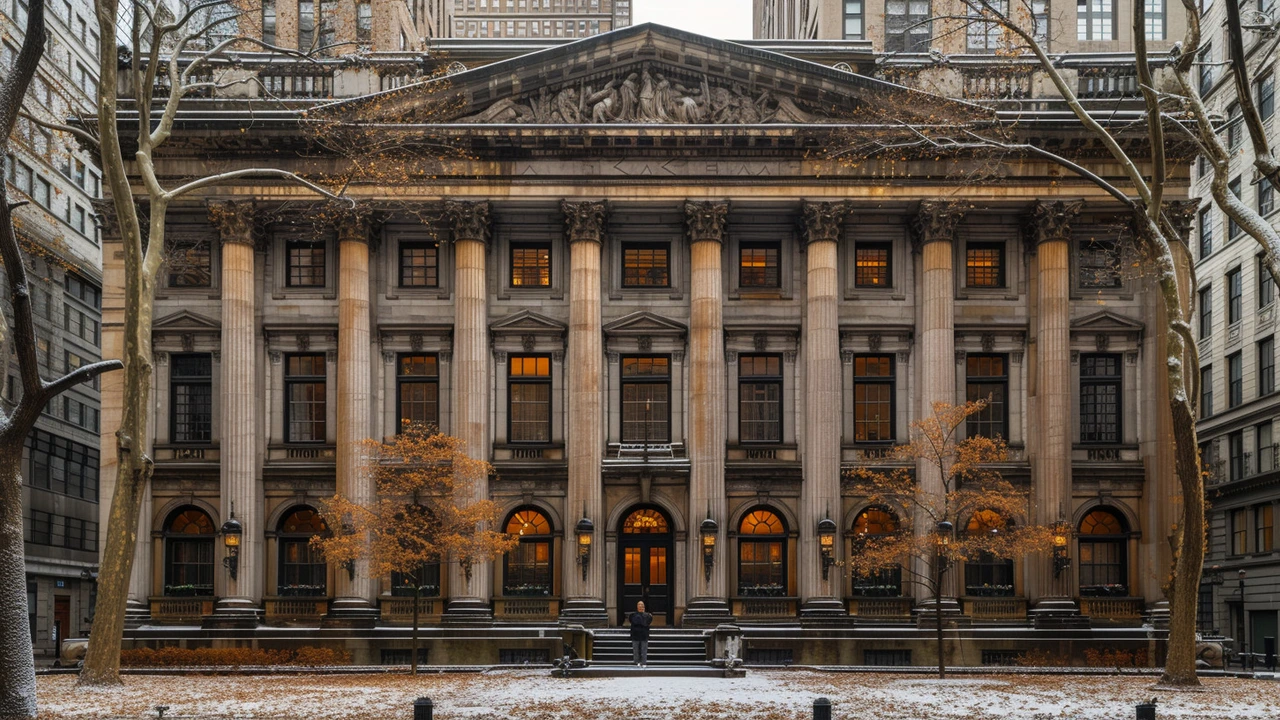Hey everyone, it's your favorite design enthusiast here! Have you ever noticed how the grand, symmetrical designs of Federal architecture have seeped into our homes' interiors? It's like these historical buildings have whispered their secrets into the very fabric of our modern living spaces. I'm diving into how the elegant and authoritative vibes of pillars, domes, and classic ornamentation are transforming our contemporary design choices. It's fascinating to see these timeless elements giving a distinctive character to interior aesthetics, blending old-world charm with the comfort of the modern world. Stick with me as I unwrap the layers of influence that Federal architecture has had on interior design!
Architectural Styles Impact: Why Buildings Matter More Than You Think
Ever notice how one street can feel lively and another cold? That feeling comes from architectural styles. Styles don’t just look different — they change how people move, where shops sit, how neighborhoods age, and even how safe people feel. This page explains practical ways styles leave a mark and how you can spot and use those effects.
How styles shape cities
Different styles shape public life in clear ways. Beaux-Arts and Georgian buildings often create formal boulevards, wide sidewalks, and grand entries that invite ceremonies and tourism. High-Tech and Neo-Futurist glass-and-steel towers push density, encourage tall-office districts, and change wind and light patterns at street level. Colonial and Mediterranean Revival styles tend to support human-scale streets and porches that encourage neighbors to meet. Knowing this helps planners and designers choose styles that match a place’s goals — calm residential life, busy commerce, or heritage tourism.
Styles also influence materials and maintenance. Stone and brick last long but cost more to restore. Timber and decorative plaster can be cheaper but need frequent care. That reality affects budgets, zoning rules, and how communities plan preservation or redevelopment.
Practical tips: spot, measure, adapt
Want to read a city like a map? Look for three quick clues: scale (are buildings human-size or towering?), ornament (are facades detailed or plain?), and layout (do streets and buildings focus on people or cars?). For example, Greek Revival columns and strong symmetry signal classical formality. Bauhaus and International Style use flat roofs and simple lines that favor function over ornament. Constructivist and Expressionist buildings show bold shapes and political or artistic intent that often marked social change.
If you’re renovating or designing, don’t copy a whole style—borrow one clear element. Try a single material (clay tile roof, exposed steel), a defining feature (arched windows, sash windows, cornices), or a proportion rule (symmetry or rhythmic bays). That keeps a project modern and respectful of context without becoming a pastiche.
Preservation and reuse matter. Adaptive reuse—turning old warehouses into apartments or Beaux-Arts banks into cafes—keeps street character and cuts waste. When a city keeps historic facades but upgrades mechanical systems, it often improves comfort while keeping identity. For homeowners, small preservation moves like repairing original windows or keeping entry details can raise value and keep neighborhood charm.
Want to learn more fast? Walk one block and photograph details: cornices, window shapes, materials, rooflines. Compare those photos to local landmark guides or articles on this site for names and history. Or visit a library map to see how a neighborhood changed with different styles over time. That simple habit sharpens your eye and helps you understand why a place feels the way it does.
Buildings tell stories. Knowing the language of style gives you power: to design better, to preserve smarter, and to read the city more clearly.

